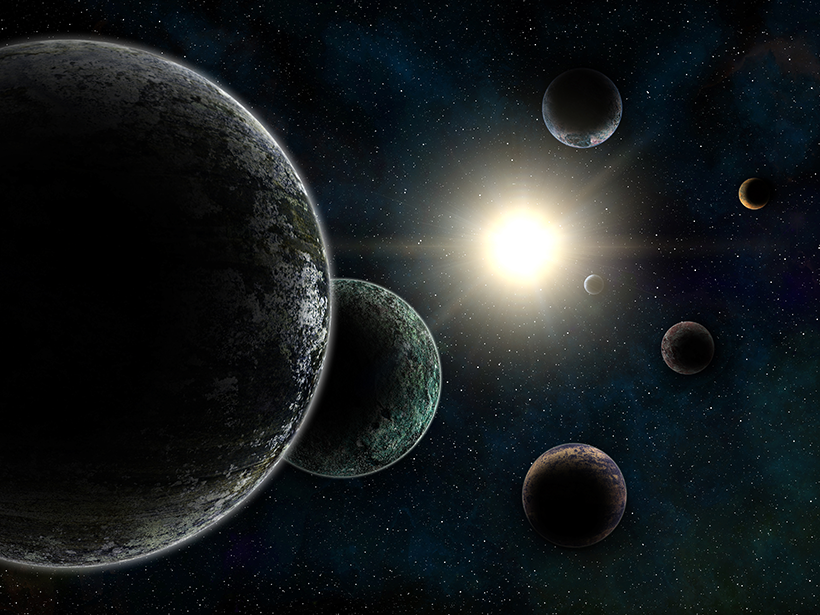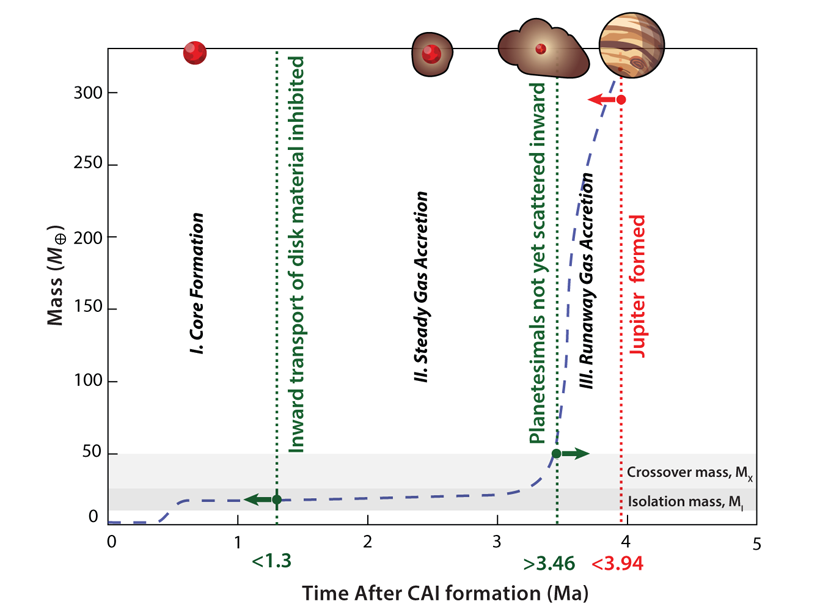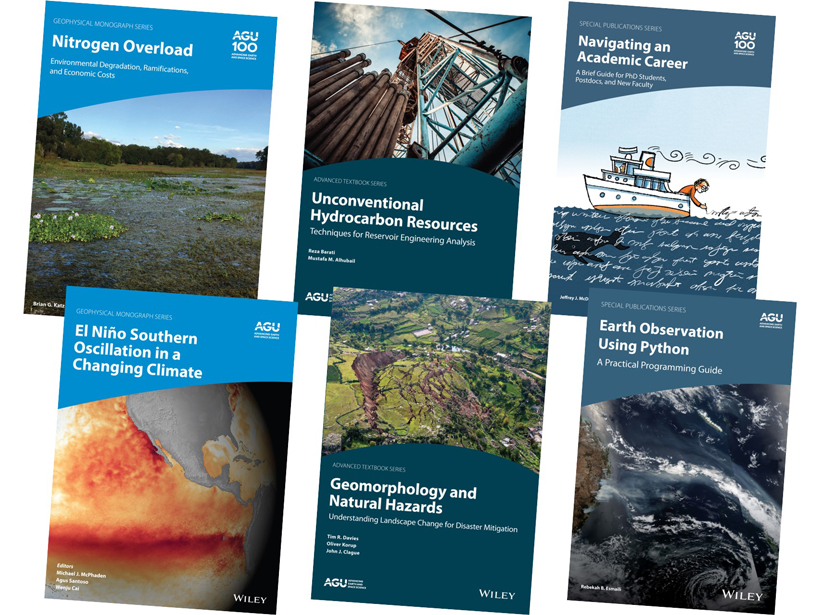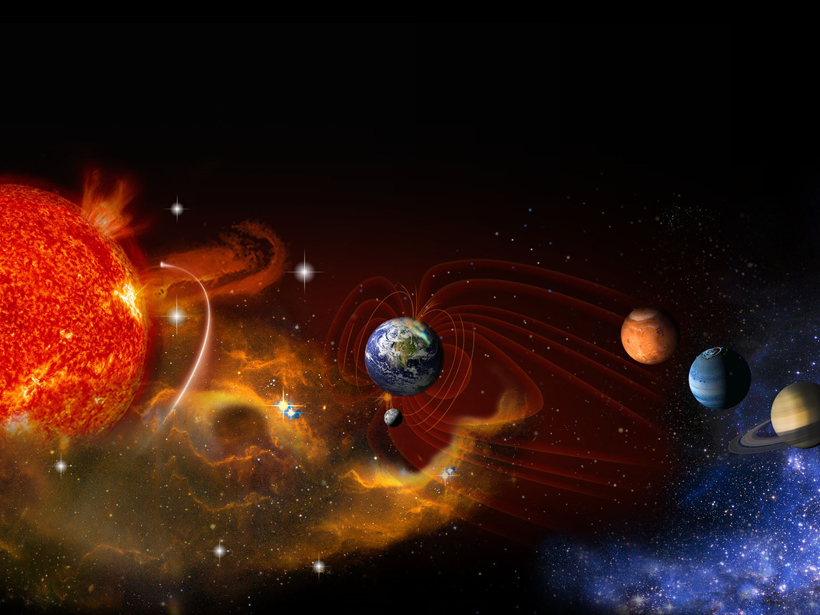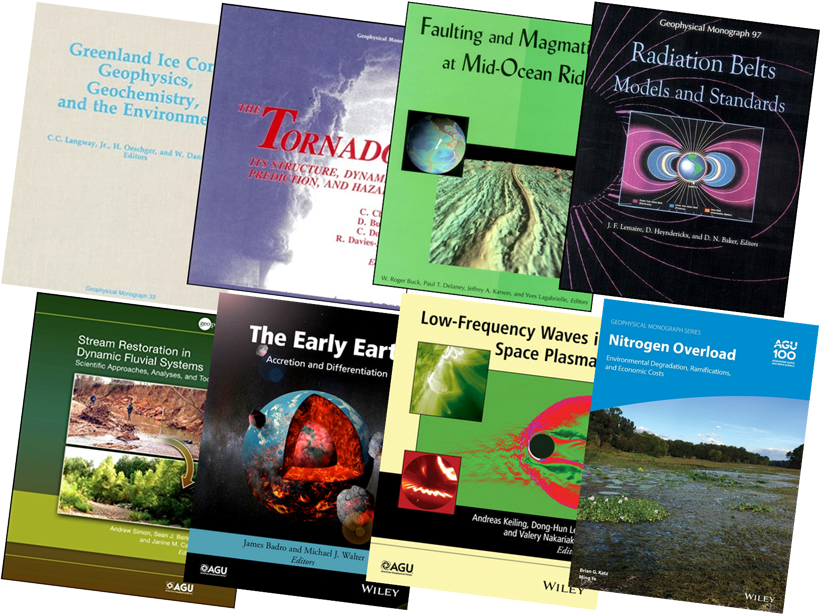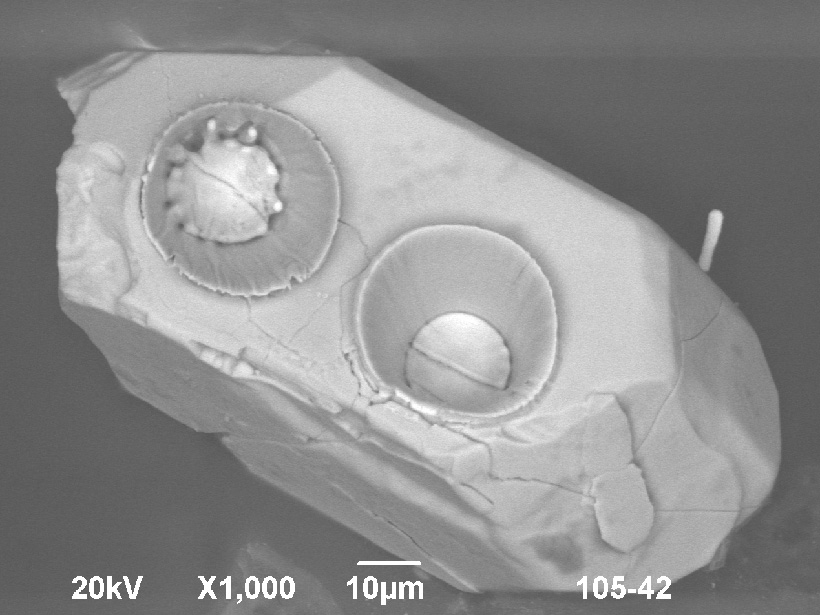Ten years of interdisciplinary studies since the disastrous Tohoku-oki earthquake have improved our knowledge of earthquake-cycle processes and hazard, but prediction of such events remains elusive.
2021 CC BY-NC-ND
Gap in Exoplanet Size Shifts with Age
Smaller planets are scarcer in younger systems and larger planets are lacking in older systems, according to new research that analyzed hundreds of exoplanets.
Siberian Heat Wave Nearly Impossible Without Human Influence
A new study finds that the exceptional temperatures seen in Siberia in the first half of 2020 would have been extremely unlikely without anthropogenic climate change.
Fingerprints of Jupiter Formation
Meteorite isotopes, meteorite paleomagnetics, and planet formation models collectively show Jupiter formation via first slow then fast collection of material by core accretion in <5 million years.
Why Contribute to a Scientific Book?
Editing a book can be a rewarding professional experience, but there are misconceptions about scientific books in terms of their quality, value, and discoverability.
Book Publishing in the Space Sciences
An analysis of books in the space science disciplines: AGU’s portfolio, how we compare with other publishers, and how we could grow.
New Editorial Board for AGU Books Takes Inventory
The new Editorial Board for AGU Books looks back at its historic backfile of books and evaluates how the program has grown and diversified over six decades.
A Life at Sea: A Q&A with Robert Ballard
A new memoir from the famed explorer dives into his underwater discoveries, his life with dyslexia, and the importance of communicating with the public.
Indian Cities Prepare for Floods with Predictive Technology
The number and intensity of floods are increasing—they can inundate neighborhoods in Chennai in just 15 minutes. New models can pinpoint and help warn vulnerable areas hours or even days in advance.
Vestiges of a Volcanic Arc Hidden Within Chicxulub Crater
Scientists discovered magmatic remnants of a volcanic arc by dating granitic rocks of the middle crust excavated by, and hidden within, the Chicxulub impact crater.


